As a bodybuilder, sticking to a fitness routine day after day, year after year will make ordinary people admire, but also make them feel incomprehensible: how does such a monotonous exercise, boring and dull, facing all the cold iron, increase motivation? If you're a fitness enthusiast, you'll find pleasure in it. Only people who work out know how fun it is!
As you develop and progress in your fitness, you will keep moving. Every day, watch your body muscles change, requiring more variation and increasingly advanced stimulation to keep them growing. If you love working out and have been training for a long time and your muscles aren't achieving their training goals, you may be chagrined, especially if you love chest training and keep complaining that your pecs never change, it's not that you're not working hard enough, but that you need to provide the stimulation needed.
Today we share 5 advanced moves that will help take your chest training to the next level. Make sure you have a solid foundation before attempting these hardcore moves.
1. Resistance band bench press
This is a method not tried by beginners, but fitness enthusiasts have surely heard of it, and the fitness scene has been full of flashy trends and extremism.
Pecs are trained in all sorts of ways, and the addition of resistance bands to barbells and dumbbells has rapidly gained popularity over the last few years. So, is this another passing fad?
Many strength sports champions and bodybuilding coaches endorse the addition of resistance bands to barbells and dumbbells.
In short, resistance bands overload the bench press in a way that they complement its ascending strength curve. The most difficult position for the bench press is when the barbell is at the bottom. As you lift the barbell, your leverage will gradually increase, generating more force. As the leverage increases, the resistance of the resistance band increases as you lift the weight. This way you don't overload just part of the movement, the whole movement is. It is great for fitness veterans to try and is recommended for beginners to use with a training partner.
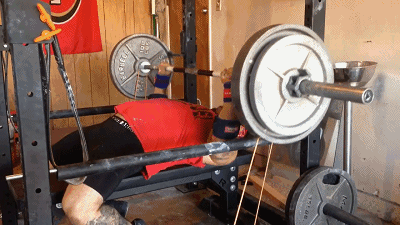
2. Mechanical advantage upper incline bench press decreasing sets
Since the beginning of fitness, we know that the declining set has been a staple technique for bodybuilders as it allows them to extend sets and increase total training time under tension. Typically, a decrement set consists of two to three mini sets, each with a 20% to 30% weight reduction. The obvious disadvantage is that after two reductions you may have used 40% of the weight you started with.
Mechanical advantage decreases allow you to extend the set and increase the time your muscles are under tension without lowering the weight you are lifting. Instead of lowering the weight being lifted after exhaustion, the mechanical advantage decreases; this is accomplished by decreasing the inclination angle of the bench during exhaustion.
Start with a weight that can be completed for 6 to 10 reps and bench press at 45 degrees. After exertion, rest for 15 seconds, reduce the incline to 25 or 30 degrees and continue lifting to exertion. Finally, on the third and final set, rest for 15 seconds and lower the incline to 10 or 15 degrees and push up the dumbbells until exhaustion.
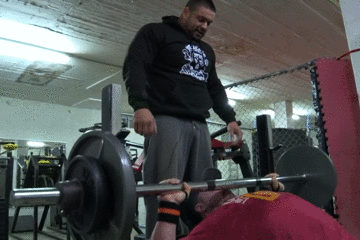
3. Resistance band dumbbell flyes
The Dumbbell Fly has been the pectoral muscle of many champions and is a movement we all love to practice whether we are beginners or bodybuilding champions. This exercise provides a huge stretch at the bottom of the movement; with a resistance band you can maintain this advantage and add a sense of peak contraction, overloading the whole movement like a rope fly.
Free weights rely on gravity to provide resistance, so they can only provide resistance vertically in the direction of gravity. Resistance bands, on the other hand, add resistance in the horizontal plane, which is largely where the flyweight movement works on the muscles.
With a mixture of dumbbells and resistance bands, the lightest muscle overload occurs at the bottom where the body is weakest and the shoulders are most vulnerable; the greatest muscle overload occurs when muscle leverage is increased, thus allowing for maximum muscle growth.
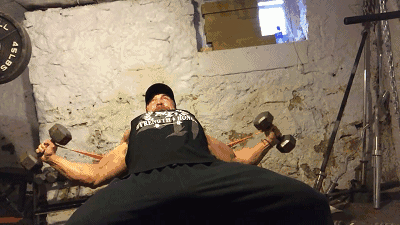
4. Flexing the chest: isotonic contraction
We often see very big guys in the gym who like to pose for bodybuilding moves! Apart from competitive bodybuilders, how many other fitness enthusiasts like to pose? There should be very few. But for those who want to be more muscular, bodybuilding poses are great and allow you to see your deficiencies.
A bodybuilder says, "Squeezing his pecs hard from all angles to show the height, thickness and shape of the muscle. This not only gives him better control of those muscles, but it also shows all the veins and muscle striatum, which improves muscle definition." A very effective habit both in preparation and in muscle building, it is also a good way to compare yourself with your buddies between sets of movements, both to rest and to find the gap between you and others.
Try doing 10 reps on each side, holding each position and contracting as hard as you can for 10 seconds. Science has even proven the effectiveness of weightless fitness. It's a great way not to put more stress on your joints.
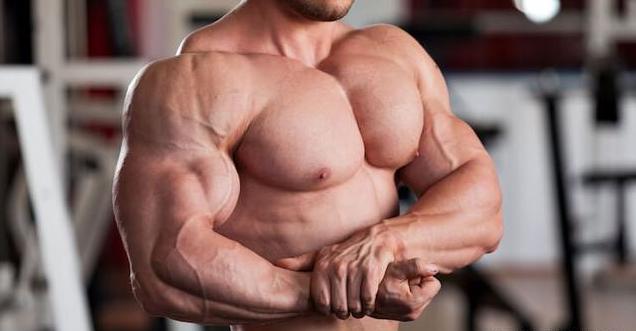
5. Weighted arm curls
Also called the double bar arm curl or double bar brace, the arm curl is the most effective chest and upper body development movement. Some famous trainers and physique athletes refer to the arm curl as the upper body deep squat. Many fitness enthusiasts will use it for a pectoral finishing move.
The arm curl is a compound movement that trains the entire upper body, but some additional load can be distributed to the chest if the correct technique is used.
To maximise the load on the chest, do arm curls leaning slightly forward with the elbows spread outwards. The upright position will emphasise the triceps to a greater extent. If you can do more than 15 reps at a time, it is recommended to add extra weight on top of your dead weight. Arm curls can carry more weight than other upper body movements, including the bench press.
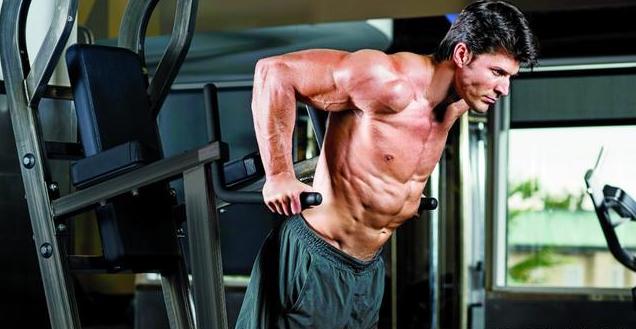
Popular Articles
-
Fitness Equipment | How to choose a suitable for their own yoga mat?
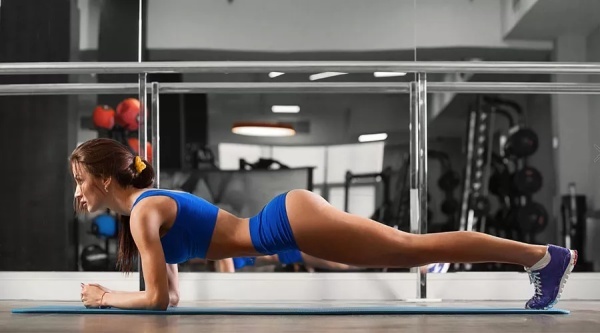
-

Photos
The world's most beautiful big cities at nightJul 01, 2025
-
 These pieces of home goodies, home essential artifacts, has been using a straight cool, home happiness burst
These pieces of home goodies, home essential artifacts, has been using a straight cool, home happiness burstJul 01, 2025
-
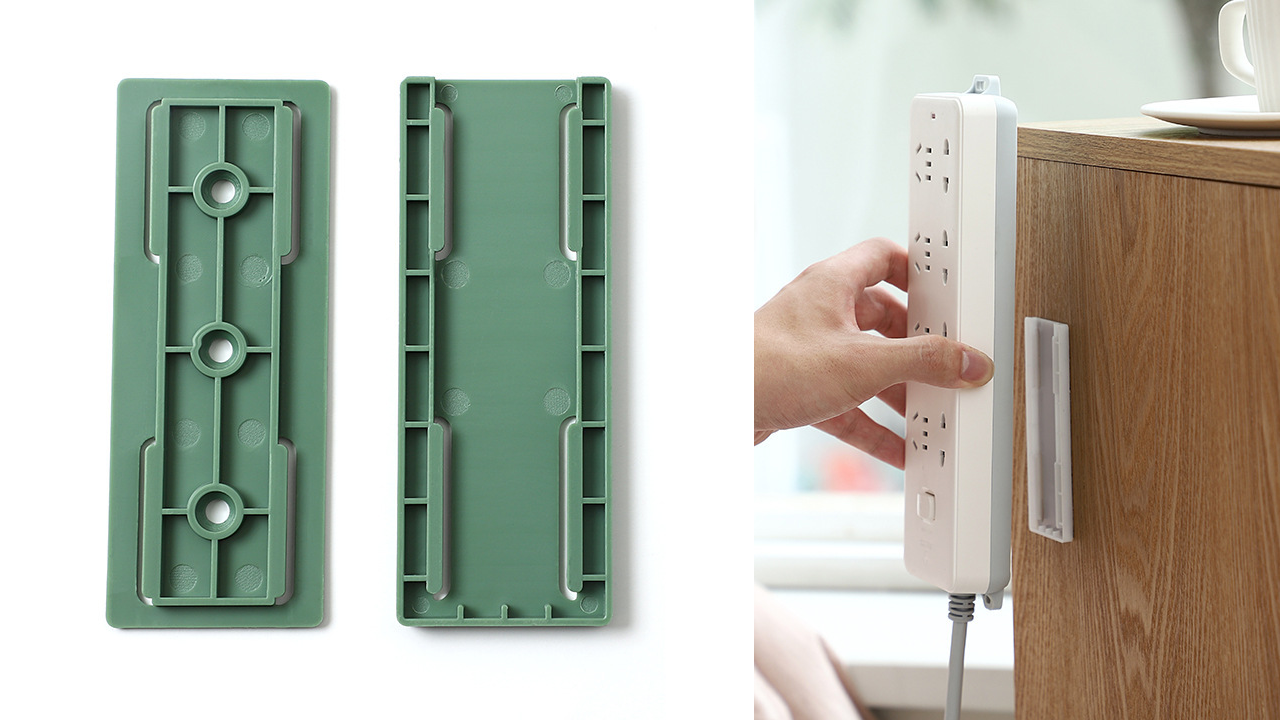
Photos
Keep your power sockets and air conditioner remote control well storedJul 01, 2025
-
 The world's most dinosaur-like lizards: Armadillo ring-tailed lizards
The world's most dinosaur-like lizards: Armadillo ring-tailed lizardsJul 01, 2025
-
 These are the top 4 causes of sunken nails to watch out for!
These are the top 4 causes of sunken nails to watch out for!Jul 01, 2025







Comments
0